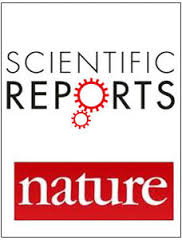The p53 protein is one of the major cell cycle regulators. The protein is expressed as at least twelve protein isoforms resulting from the use of alternative promoters, alternative splicing or downstream initiation codons. Importantly, there is growing evidence that translation initiation of p53 mRNA may be regulated by the structure and length of the naturally occurring variants of the 5′-terminal region of p53 mRNA transcripts. Here, several mRNA constructs were synthesized with variable length of the p53 5′-terminal regions and encoding luciferase reporter protein, and their translation was monitored continuously in situ in a rabbit reticulocyte lysate system. Moreover, four additional mRNA constructs were prepared. In two constructs, the structural context of AUG1 initiation codon was altered while in the other two constructs, characteristic hairpin motifs present in the p53 5′-terminal region were changed. Translation of the last two constructs was also performed in the presence of the cap analogue to test the function of the 5′-terminal region in cap-independent translation initiation. Superposition of several structural factors connected with the length of the 5′-terminal region, stable elements of the secondary structure, structural environment of the initiation codon and IRES elements greatly influenced the ribosomal scanning and translation efficiency.

